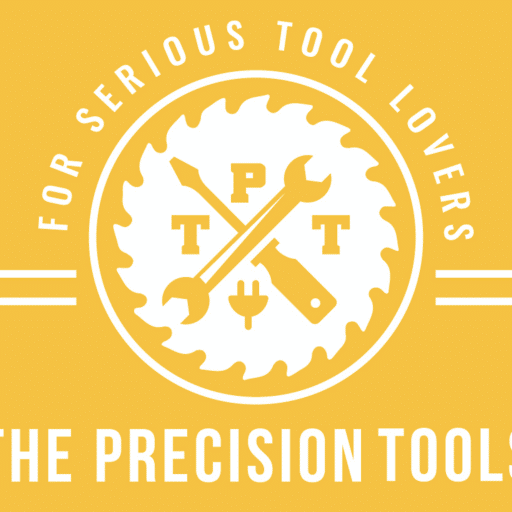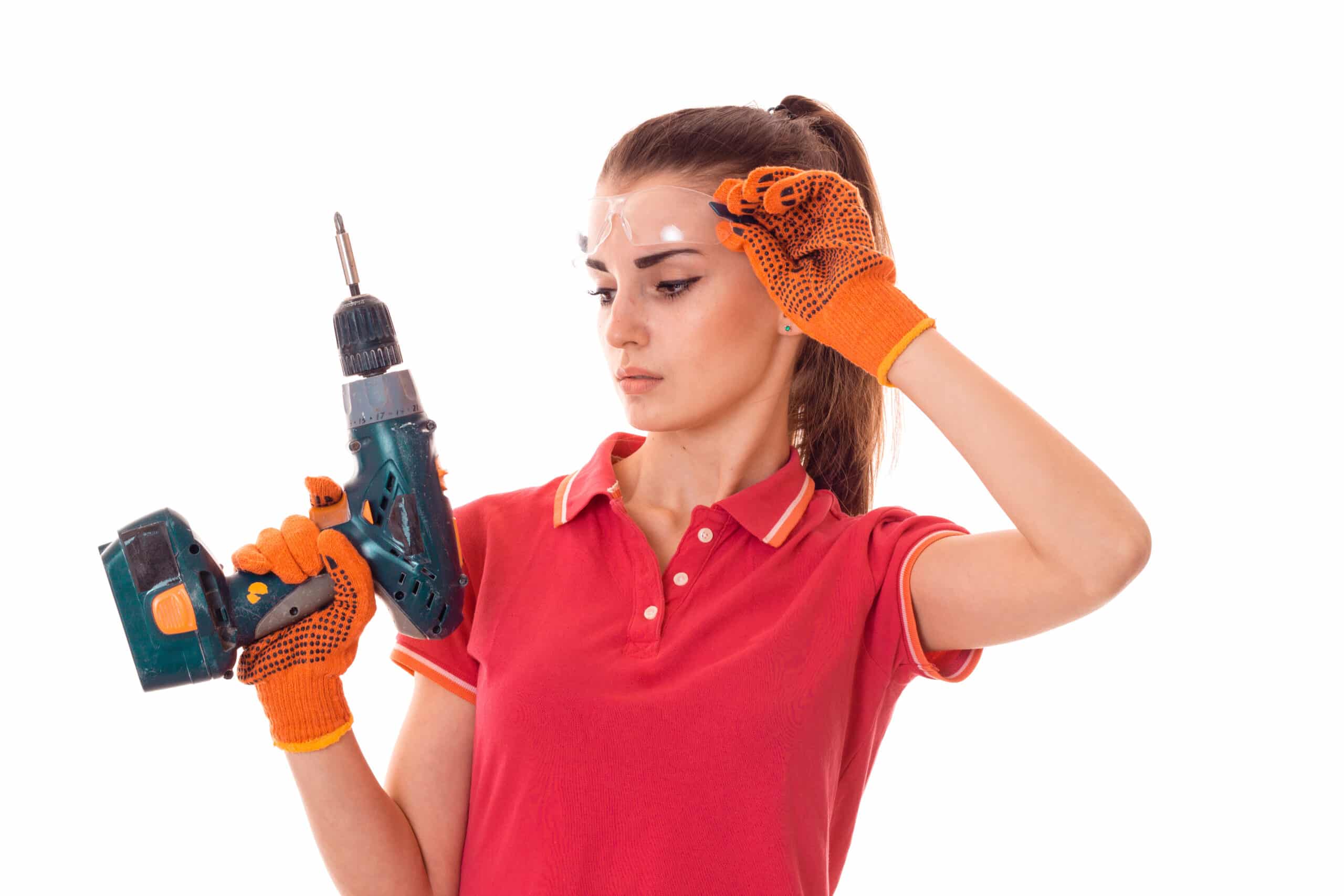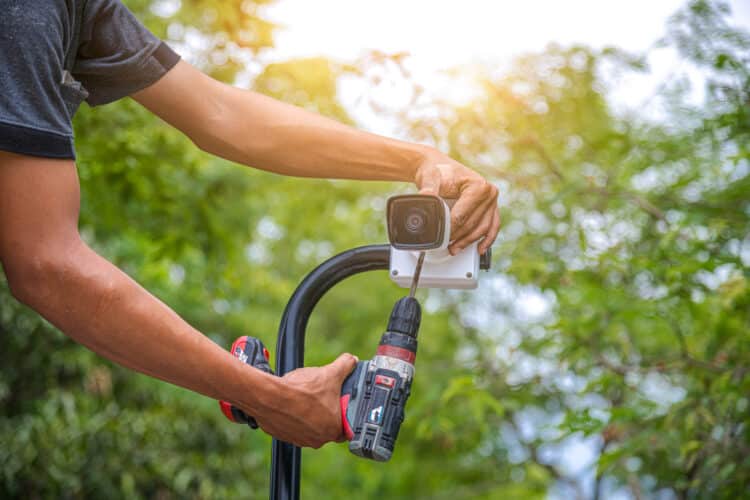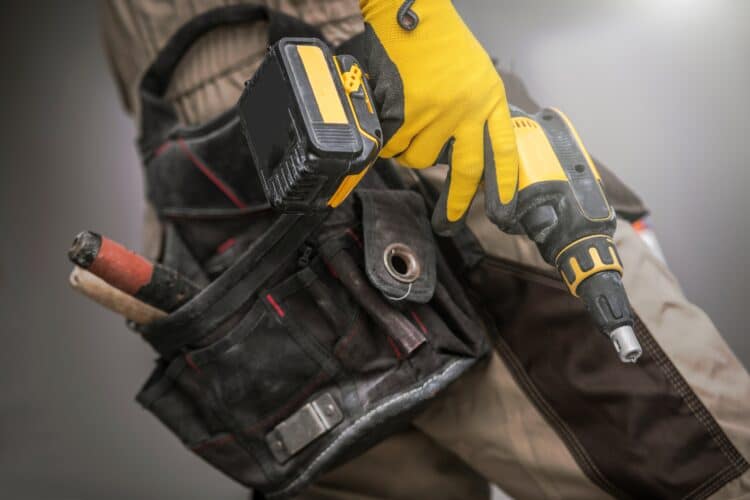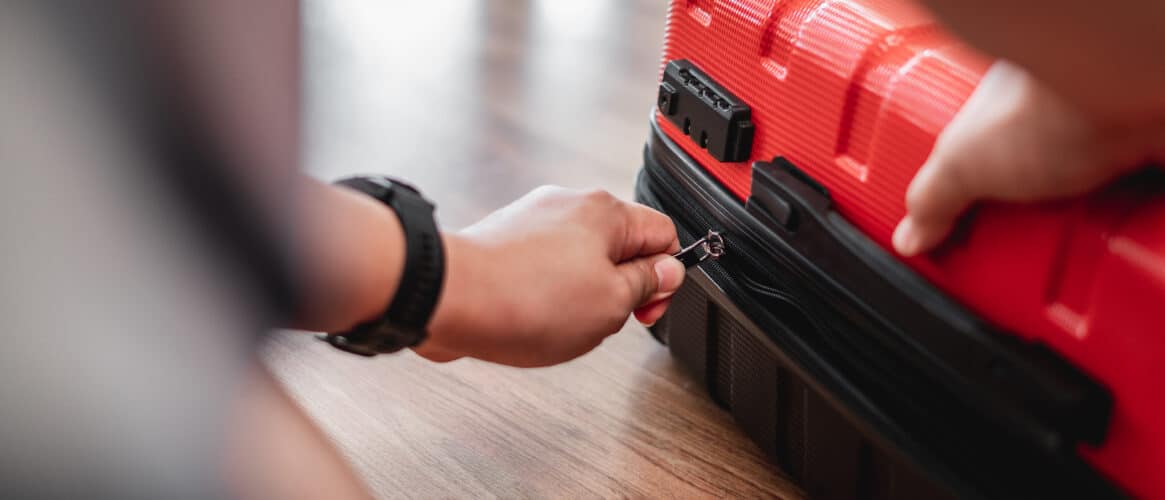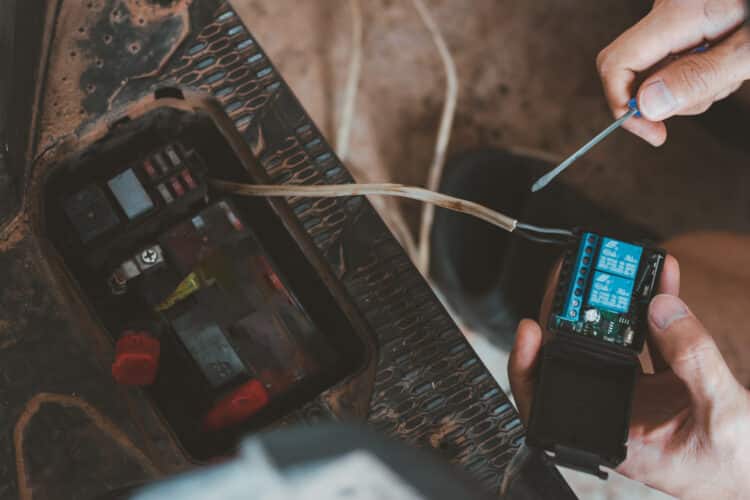Is Using a Drill Difficult?
Key Takeaways
- Using a drill can be easy with practice and understanding of techniques and safety precautions.
- Common mistakes to avoid when using a drill include using the wrong drill bit, not wearing eye protection, and not drilling straight.
- Important safety tips for using a drill include wearing safety goggles, using the correct drill bit, and clamping small pieces down before drilling.
Using a drill can seem daunting for beginners, but with some practice and understanding of the basic techniques and safety precautions, it can actually be quite easy. Whether you’re a DIY enthusiast or a professional, a drill is an essential tool that can help you complete various projects around the house or on the job site. In this article, we will explore the topic of using a drill and discuss the common mistakes to avoid, safety tips, and techniques to ensure that you can use a drill safely and effectively.
Common Mistakes to Avoid
When using a drill, it is important to avoid common mistakes that can lead to accidents or poor results. Let’s take a look at some of these mistakes:
- Using the wrong drill bit: Choosing the right drill bit for the task at hand is crucial. Using the wrong bit can result in damage to the material or a lack of effectiveness.
- Not making a dimple before drilling: Creating a small indentation on the surface before drilling can help prevent the drill bit from slipping and ensure a more accurate hole.
- Not wearing eye protection: Safety goggles or glasses should always be worn to protect your eyes from flying debris.
- Not starting with a small hole: When drilling into hard materials, it is advisable to start with a small pilot hole before gradually increasing the size.
- Drilling too fast: Drilling at high speeds can cause the bit to become overheated and lead to poor results. It’s important to maintain a controlled speed.
- Not lubricating the bits when drilling through hard surfaces: Lubricating the drill bits can help reduce friction and prevent them from getting stuck.
- Not drilling straight: Keeping the drill perpendicular to the surface is essential for accurate and clean holes. Using a guide or marking the spot can help maintain the correct angle.
- Not tightening the chuck: Failing to secure the drill bit properly in the chuck can result in the bit coming loose during drilling.
- Not using clamps when using a drill press: When using a drill press, it is important to secure the workpiece with clamps to prevent it from moving unexpectedly.
- Not deburring the hole: After drilling a hole, it is a good practice to remove any burrs or rough edges for a clean finish.
- Wearing baggy clothing: Loose clothing can get caught in the drill, posing a safety hazard. It is advisable to wear fitted clothing or use protective gear.
- Applying too much pressure: Let the drill do the work. Applying excessive force can lead to the drill bit getting stuck or breaking.
- Not cooling the drill when it gets hot: If the drill becomes hot during prolonged use, it is important to allow it to cool down before continuing.
- Jamming the drill into the hole: Forcing the drill into the material can cause damage to the drill or the workpiece. It’s important to apply steady and controlled pressure.
- Not keeping the drill square to the target: Maintaining the correct angle while drilling is crucial for accuracy. Using a level or guide can help achieve this.
- Not using hammer action when necessary: Hammer action is useful for drilling into tough materials like concrete. It should be used when required for optimal results.
- Not keeping the bits sharp: Dull drill bits can result in poor performance and can also be dangerous. Regularly sharpening or replacing them is essential.
- Not starting slowly when drilling: Starting the drill at a slow speed allows for better control and prevents the bit from slipping.
Safety Tips for Using a Drill
Using a drill safely is of utmost importance to prevent accidents and injuries. Here are some essential safety tips:
- Wear safety goggles or glasses to protect your eyes from flying debris.
- Use the correct drill bit for the material you are drilling.
- Hold the drill steady and apply light force when drilling.
- Wear ear protection if drilling regularly or using an impact drill.
- Use breathing protection if drilling produces a lot of dust.
- Fit the drill bit firmly into the chuck and make sure it is secure and straight.
- Clamp small pieces down before drilling to prevent slipping.
- Avoid wearing loose clothing or dangling jewelry that could get caught in the drill.
- Refer to the drill’s manual for any specific safety guidelines or instructions.
Using a Drill Safely and Effectively
Now that we have discussed the common mistakes to avoid and the safety tips, let’s delve into using a drill safely and effectively:
- Wear protective glasses to protect your eyes from debris.
- Choose the right drill bit for the material you are drilling.
- Hold the drill correctly and securely, especially when drilling horizontally.
- Make sure the material you are drilling is held tightly in place.
- Always turn off and unplug the drill before changing the bit or performing maintenance.
- Avoid pulling the cable to unplug and avoid working in humid or hot areas.
- Keep the work area clean and free from trip hazards.
- Use the appropriate drill for the task at hand, such as a hammer drill for tough materials like concrete.
- Use sharp and properly maintained drill bits for wood and metal to avoid excessive force and poor results.
- Use coolants when drilling tough metals to prevent breaking the bit.
- When drilling tiles, use masking tape or lightly hit the surface with a punch to prevent slipping.
- Start drilling tiles without a hammer and then switch to hammer mode once the drill is fixed.
- Be cautious when drilling delicate materials like marble, granite, and glass, starting without a hammer and using low revolutions.
- Use a vertical drill and proper coolant when drilling glass.
- Consider using accessories like vertical supports, jaw vices, and depth stops for more precise and safe drilling.
Conclusion
Using a drill may initially seem difficult, but with practice and adherence to the proper techniques and safety guidelines, it can become a straightforward and rewarding experience. By avoiding common mistakes, using the correct drill bit, and following safety precautions, you can use a drill safely and effectively for various projects. Remember to always prioritize safety and consult the drill’s manual for specific instructions. So go ahead, grab your drill, and unleash your creativity!
Related Websites:
- How to Use a Cordless Drill for Dummies – Tools Advisor
- How to Use Drill for Beginners – Shuntool
- Drilling Tips, Techniques, and Tricks – Repair Prepare
- How Not to Use a Power Drill – House Toolkit
- How to Use a Drill Safely – WikiHow
- How to Use a Drill Safely – Tools Focus
- 6 Essential Tips for Using Your Drill Driver Safely and Effectively – Woodworking Street
FAQs:
Q: What are the advantages of using a cordless drill?
Cordless drills offer convenience and portability as they do not require a power cord. They allow you to move freely and work in areas without access to electrical outlets. Additionally, cordless drills are often lighter and more compact than corded ones, making them easier to handle and maneuver.
Q: How does a cordless drill work?
A cordless drill operates using a rechargeable battery as its power source. The battery transfers power to the motor, which in turn rotates the drill bit. Different types of drill bits can be attached to the drill to suit various applications, such as drilling holes or driving screws.
Q: Is using a cordless drill difficult?
Using a cordless drill is generally considered easy and straightforward. Factors such as prior experience and comfort with tools may influence the perceived difficulty level. However, with proper instruction and safety precautions, anyone can learn to use a cordless drill effectively.
Q: What are some tips for using a cordless drill effectively?
To use a cordless drill effectively, it is important to follow these steps:
1. Ensure the battery is fully charged before starting.
2. Select the appropriate drill bit for the task at hand.
3. Hold the drill firmly and align it with the desired drilling point.
4. Apply steady pressure while drilling, letting the drill do the work.
5. Always wear safety goggles and follow proper safety guidelines.
Q: What are some common challenges beginners may face when using a cordless drill?
Beginners using a cordless drill may face challenges such as drilling straight holes or working with different materials. To overcome these challenges, it is helpful to use a drilling guide or template for straight holes and to adjust the drill’s speed and torque settings for different materials. Practice and patience will also aid in improving drilling skills.
